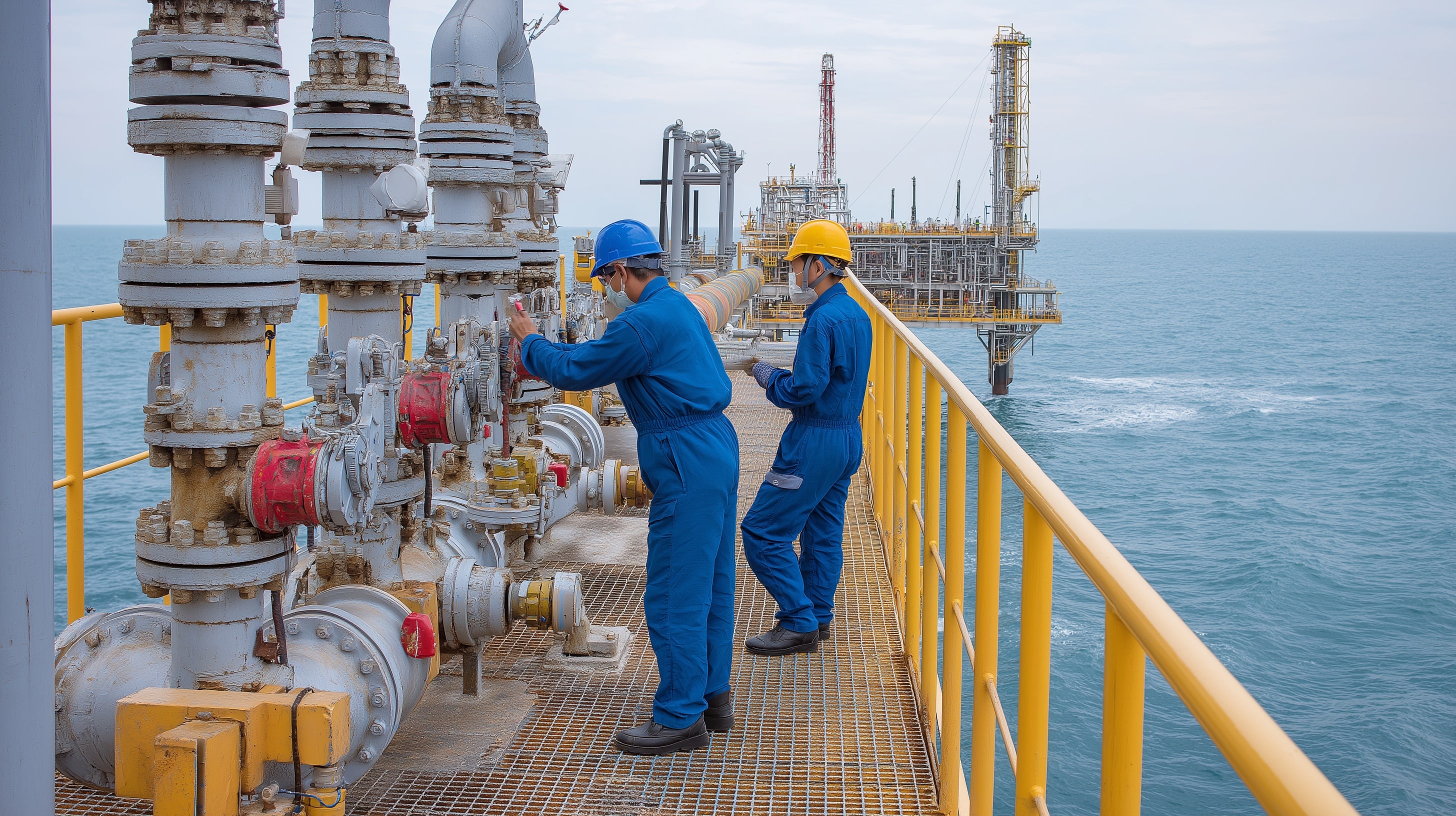
Natural Gas Price (NG=F) Falls 5% to $3.10 as Oversupply and Mild Weather Weigh
U.S. gas futures tumble after breaching $3.12 support, with inventories 4.5% above the five-year norm and production at 108.1 Bcf/day | That's TradingNEWS
Natural Gas (NG=F) Slides Toward $3.06 as Warm Weather, Oversupply, and Global Trade Shifts Pressure Prices
The Natural Gas (NG=F) market is entering a critical phase as futures break key technical levels and global fundamentals lean heavily bearish. U.S. prices fell nearly 5%, settling around $3.10 per MMBtu, the weakest close since early August. The selloff came after the contract breached support at $3.12, triggering a wave of algorithmic selling that tested $3.08, with the next major floor seen near $2.98–$2.93. The correction coincides with mounting evidence of surplus supply, subdued heating demand, and expanding geopolitical shifts reshaping the energy balance from North America to the Middle East and Europe.
U.S. Inventories Surge 4.5% Above Five-Year Average as Demand Slows
Storage remains the dominant bearish factor weighing on Natural Gas (NG=F). The Energy Information Administration (EIA) reported an +80 Bcf injection for the week ending October 3, topping consensus forecasts of +77 Bcf, though still below the five-year average build of +94 Bcf. Total U.S. storage now sits 4.5% above the five-year average and 0.3% higher year-over-year, highlighting comfortable reserves heading into late October. With temperatures expected to stay unseasonably mild across the eastern United States through October 24, according to Atmospheric G2, the seasonal demand bump that typically arrives mid-autumn is likely to be delayed.
At the same time, lower-48 dry gas output has risen to 108.1 Bcf/day, up 5% YoY, while total gas demand fell 6.7% YoY to 66.0 Bcf/day. The EIA’s latest Short-Term Energy Outlook raised its 2025 U.S. gas production estimate to 107.14 Bcf/day, from 106.6 Bcf/day in September, further reinforcing the oversupply narrative.
Technical Breakdown Below $3.12 Signals Weak Market Structure
The technical picture for NG=F remains fragile. After repeatedly testing the $3.27–$3.30 resistance zone, the contract failed to maintain momentum and collapsed through its 50-day moving average ($3.27). Momentum oscillators confirm the bearish bias: RSI sits near 38, while MACD crossed negative, pointing toward continued short-term weakness. A decisive close below $3.06 could expose the psychologically important $3.00 level, which has historically acted as a pivot zone between bearish extensions and short-covering rallies.
The path of least resistance remains downward unless a new demand catalyst emerges. Traders are now eyeing the EIA’s next storage print on Thursday—anything above +85 Bcf could trigger another push toward $2.95.
Türkiye’s Spot Market Signals Divergence: Domestic Prices Jump 97.5% Week-on-Week
While U.S. futures slump, the Türkiye Energy Exchange Istanbul (EXIST) posted a dramatic 97.5% surge in trade volume on its spot market to ₺31.16 million ($745,000) on October 11, up from ₺15.78 million the previous day. 1,000 cubic meters of gas was priced at ₺14,297.80, equivalent to $341.70, using the exchange rate of ₺41.83 per USD. This local spike reflects seasonal rebalancing and import adjustments rather than global shortages.
Pipeline inflows reached 137.5 million cubic meters that same day, underscoring Türkiye’s role as a critical transit hub for Russian, Azeri, and Iranian gas flows into Europe. Cumulative trade volumes reached 2.2 million cubic meters, revealing robust inter-market liquidity even as prices on international benchmarks decline.
Egypt Expands Energy Diplomacy as ExxonMobil and Apache Deepen Gas Exploration
In Cairo, Egyptian President Abdel-Fattah El-Sisi met executives from ExxonMobil and Apache Corporation on October 12, signaling a renewed push to expand Egypt’s Mediterranean gas fields. ExxonMobil’s seismic work in the Masry and Cairo offshore blocks is nearing completion, while Apache committed to raising production in the Western Desert. Egypt’s energy ministry confirmed three new exploration deals worth $121 million, alongside $8 billion in fresh investment from Eni, solidifying the country’s ambition to strengthen its position as a regional LNG hub.
The developments coincide with a notable shift in trade routes: as European buyers diversify away from Russian gas, Egypt is rapidly becoming a supply bridge between Africa, the Middle East, and southern Europe. This diversification is helping to offset volatility in global LNG pricing but also signals increasing competition for U.S. exporters as African and Mediterranean LNG capacity rises into 2026.
AI and Power Demand: Natural Gas Emerges as the Backbone of the Energy Supercycle
The global AI expansion is rewriting the rules of energy investment, and Natural Gas (NG=F) remains the unseen beneficiary. The surge in artificial intelligence and data-center construction across North America is driving unprecedented demand for stable baseload power—demand that renewables alone cannot meet. BlackRock’s acquisition of AES, highlighted by 24/7 Wall St., marks the beginning of a consolidation wave linking utilities, tech firms, and energy majors.
Analysts project that rebuilding and expanding the U.S. power grid to handle AI’s load could require $500 billion in infrastructure spending over the next decade. The average hyperscale data center consumes 100 MW of power, with natural gas projected to provide over 40% of that demand through combined-cycle turbines. Companies like EQT, Kinder Morgan (NYSE:KMI), and Williams (NYSE:WMB) stand at the intersection of this transformation.
EQT, the largest U.S. gas producer, continues to dominate with production exceeding 6.4 Bcf/day, while Kinder Morgan, with its 70,000-mile pipeline network, benefits from long-term fixed contracts insulated from spot market fluctuations. These midstream operators effectively anchor the energy ecosystem, ensuring that even as NG=F futures dip, infrastructure-linked revenues remain resilient.
Read More
-
PFFA ETF Nears $21.50 as Rate Cuts and 9.49% Yield Spark Renewed Demand
29.11.2025 · TradingNEWS ArchiveStocks
-
XRPI and XRPR ETFs Ignite Ripple’s Institutional Rally as Inflows Near $1B and XRP Holds $2.20
29.11.2025 · TradingNEWS ArchiveCrypto
-
Natural Gas Price Forecast - NG=F Blasts to $4.85 as Demand Surge Fuel Multi-Month Breakout
29.11.2025 · TradingNEWS ArchiveCommodities
-
USD/JPY Price Forecast - Yen to Dollar Slides to 156.10 as Yen Strengthens on Fed Cut Expectations
29.11.2025 · TradingNEWS ArchiveForex
European and Asian Price Divergence Highlights Global Imbalance
Europe’s spot LNG benchmark remains volatile as the continent transitions into winter. Dutch TTF futures are hovering around €31/MWh, equivalent to roughly $9.85 per MMBtu, triple U.S. Henry Hub pricing. Meanwhile, Asian JKM LNG prices average $11.40 per MMBtu, reflecting premium pricing driven by storage restocking in Japan and South Korea.
The spread between U.S. and European gas prices has widened back above $6.50, incentivizing record LNG exports. Current U.S. LNG flows are 16.0 Bcf/day, up 1.6% week-over-week, despite cooling demand at home. With new export terminals expected online in 2026, the United States is set to become the world’s largest LNG exporter by volume, surpassing Qatar and Australia.
Geopolitics and Production Expansion Undermine Short-Term Bulls
Ongoing supply expansion remains the biggest obstacle to a sustained rally. The Baker Hughes gas rig count rose to 120, just four rigs below a two-year high. The Permian Basin and Haynesville continue to drive new capacity, with producers hedging aggressively for 2026 forward contracts around $3.60–$3.80.
In parallel, the Iranian government’s discovery of new southern gas reserves between the Fars and Bushehr provinces could add more than 20 Tcf to recoverable reserves, the largest such find in five years. That discovery, coupled with Egypt’s expansion and continued Russian production, confirms that supply-side pressure will remain intense through next year.
Regional Pricing Patterns: U.S. and Iowa See Broader Energy Cost Decline
On the retail front, Iowa natural gas prices fell five cents to $3.32 per MMBtu, following the national trend. Gasoline and diesel also declined, easing inflationary pressure in the Midwest. The U.S. benchmark West Texas Intermediate (WTI) fell seven cents to $62.53 per barrel, while Brent gained slightly to $66.20, highlighting mixed sentiment across the energy complex.
Compared to one year ago, natural gas prices are down over 50%, reflecting both improved supply conditions and lower industrial demand. The decline has translated to reduced home heating and electricity costs, offering relief to U.S. consumers even as the global LNG market remains tight.
Fundamental and Technical Synthesis — Natural Gas Faces Heavy Headwinds
Every data point underscores a market under pressure. Ample U.S. storage, warmer weather, record production, and modest export growth all point to sustained downside risk. While structural trends tied to AI demand and grid expansion provide long-term bullish context, short-term trading dynamics remain dominated by oversupply.
If NG=F holds above $3.06, a technical rebound toward $3.27 is possible, particularly if the next EIA injection disappoints or weather models shift colder. However, a clean break below $3.00 would likely trigger stops down to $2.86, where the next dense support zone lies.
Verdict: Hold Bias — Long-Term Bullish, Short-Term Cautious
Natural Gas (NG=F) currently trades near its lowest levels in three months, reflecting market exhaustion rather than structural weakness. The fundamentals remain challenging in the short run, but the longer-term outlook tied to AI-driven electricity demand, LNG expansion, and infrastructure rebuilding remains bullish.
For traders, the current range between $2.95–$3.25 defines a tactical accumulation zone. Short-term traders should exercise caution given the heavy storage overhang, while long-term investors may view sub-$3.00 prices as strategic entry levels for 2026 exposure.
Final Stance: Hold with medium-term bullish bias; accumulate on dips below $3.00 targeting $3.60–$3.80 in early 2026 as supply moderates and AI energy demand accelerates.



















